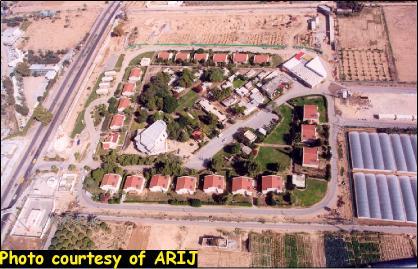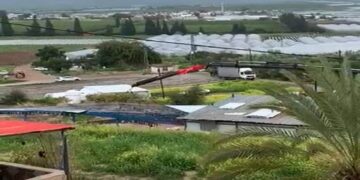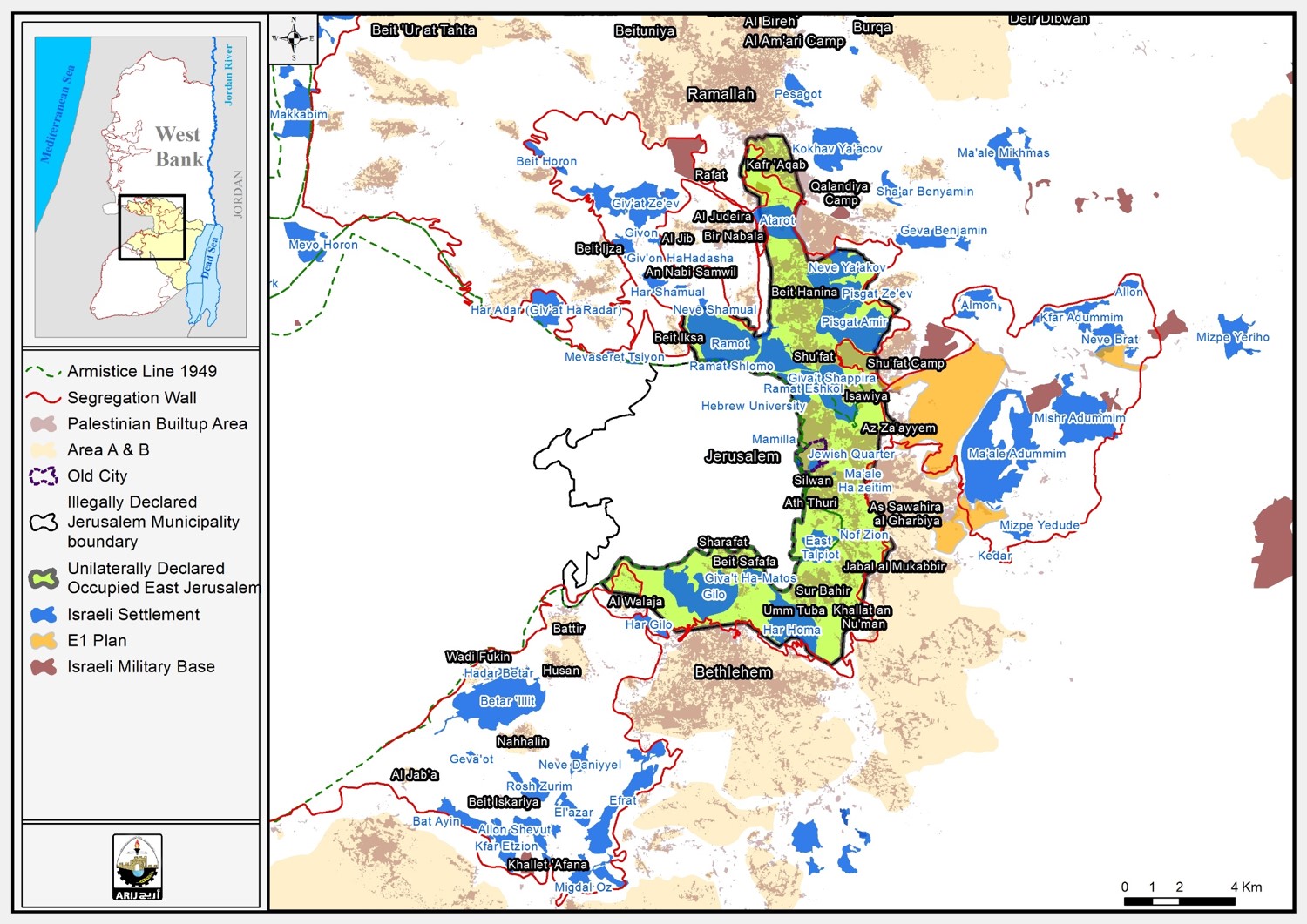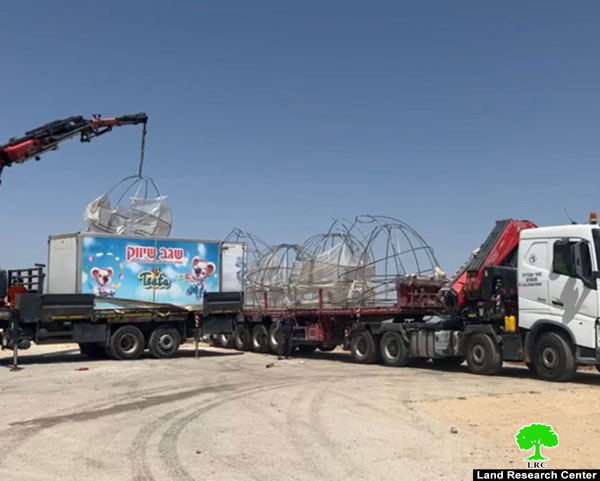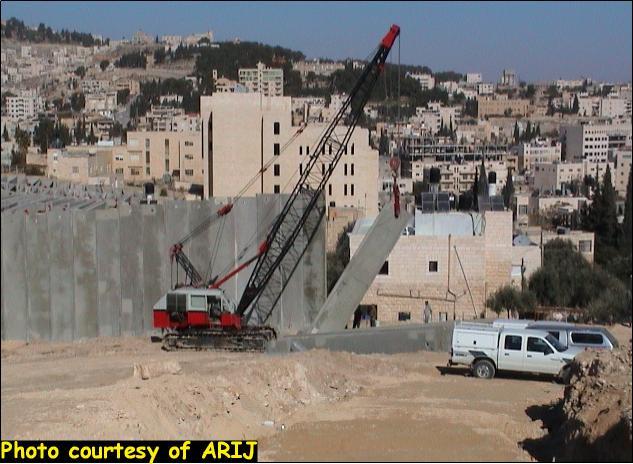Israel's confiscation of land and properties belonging to the Palestinians in different parts of the Palestinian territories is a dominant feature of the occupation and an essential component of Israel's population transfer program.
The Israeli-Palestinian Agreement (Oslo II) on the West Bank and the Gaza Strip signed in September 28, 1995, provides that 'neither side shall initiate or take any step that will change the status of the West Bank and the Gaza Strip until the time of the permanent status of negotiations'. Moreover, the agreement states that 'the two sides view the West Bank and the Gaza Strip as a single territorial unit, the integrity and status of which will be preserved during the interim period'. Since that time forward, the Israeli forces have been confiscating more and more land under the pretext of security. Israel has also been launching different plans for its expansion and the reserving of its military bases inside the West Bank and Gaza Strip. The latest of these plans is the construction of the Segregation Wall all around the Palestinian communities.
Since 1967, Israel has been confiscating and declaring as closed military areas over 25% of the land in the Gaza Strip. Moreover, Israel constructed settlements in the Gaza Strip and in many parts of the West Bank in an attempt to gain as much of the Palestinian land as possible. Today, there are about 26 settlements distributed in different parts of the Gaza Strip.
''Kfar Darom'' is one of the settlements in Gaza Strip located in Deir al-Balah Governorate which has a total area of 460.63 dunums. The settlement is located at the mid-section in Khan Yunis in the south and separates between its southern and northern parts.
Before the declaration of the State of Israel in 1946, the settlement was built by the Jewish settlers who came to Palestine and was then destructed in the year 1948. However, 22 years after the declaration of the state of Israel, and specifically in 1970, the Israeli forces officially announced the reconstruction of ''Kfar Darom'' settlement after confiscating vast areas of Palestinian land.
During the current Palestinian uprising that started on September 2000, the Israeli forces have destroyed hundreds dunums of agricultural land and demolished tens of houses aiming to create a security zone around the settlement. See Photo of Kfar Darum settlement
Today, the Israeli forces started to implement a plan of a 'Security Wall' around Kfar Darom settlement, this wall will have a length of 2300 meter and a width of 15 meters and through its construction about 700 dunums of Palestinian land were confiscated. According to the military orders distributed for the residents in the area, it has been announced that the areas marked on the map which form about 700 dunums will be confiscated for building the Segregation Wall and for other security reasons. See plan as provided by the Israeli Forces
The area confiscated (700 Dunums) is the area located between the old wall of the settlement and the new one. There is clear evidence that the Israeli Authorities are expanding the settlement borders to swallow more of the Palestinian lands and this is visible since the bulldozed area exceeds the area where the wall was planned to be built. Under the pretext of using the land for military reasons, the Israeli forces claimed that building such a wall will secure the settlement from any Palestinian attack. See Satellite image of the Wall
In contradiction, the Israeli forces are having a large military camp for its army inside this settlement which forms a base for its daily attacks on the Palestinian territories located within that area.
The Israeli forces have lately announced that they will stop its military operations in the Gaza strip. However, it seems that the Israeli operations in the area and the construction of the wall show that Israel is proceeding with its operations against the Palestinians. On the other hand, building will restrict the free movement of Palestinian residents between the different parts of the Gaza Strip. Moreover, the farmers who own land inside the wall will be given special permits to have access to their land through some gates that will be opened in the wall, which happened to be an Israeli tradition to reduce the Palestinian reaction before closing sealing area completely. Most of the land bulldozed is agricultural land on which most of the residents depend on as their main source of income, thus the loss of their lands will expose them to poverty, unemployment and severe living conditions.
The Israeli policy of land confiscation is against the international and human rights laws, the construction and expansion of settlements is also a violation of the Fourth Geneva Convention. According to the International Humanitarian Law this activity is a human rights violation since it negatively affects the economic, social and cultural rights of the persons affected.
Related articles:-
-
The Segregation Wall in Gaza Strip
-
An analysis on the recent geopolitical situation in the Gaza Strip, September 2003.
Prepared by:
The Applied Research Institute – Jerusalem


